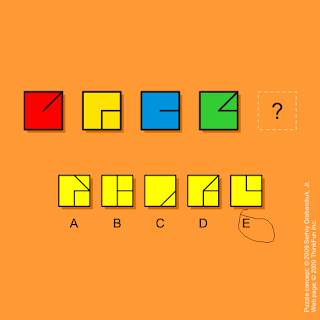Web Design - The Basic Elements
http://html5readiness.com/
MOVEMENT
The web design pictured above is a perfect example of one of the Dondis Basic Elements; movement. Movement can be observed from the image above by the different colored dotted lines shooting outward. It gives the impression that they are shooting outward away from the middle bottom of the design towards future development. It is using change, sequence, and progression to reflect its results. For example, change can be seen by going to the website and putting your mouse over one of the lines on the bottom middle of the page and see which browser is capable of what and when. Progression can be seen by clicking the different years and see the advancements each browser has made. Lastly, sequence can be seen by looking at how every browser advanced every year. The role of movement in this web design is to show each browsers advancements over the years and in what areas. Thus, when the reader experiences this design they are able to understand the overall progress in all the different areas of browser advancement.
http://ntt.cc/2010/08/13/40-amazing-fresh-good-design-html5-websites.html
TEXTURE
This web design is an example of texture, another one of Dondis Basic Elements. The design of this website makes use of texture with the background image. The mountains, orange and green smudge, and fog removes the flatness of a design and gives it an interesting and realistic feel. By removing the flatness, the website is then given depth and an intriguing look. It gives an illusion and feeling that you are outside looking at this mountain in foggy weather. The texture of this design gives the whole website an outdoor mountain feel because no matter what part of the website you go to, you still see the background image. It tells a lot about the purpose for the website. The role of texture in this design is to give a more realistic feeling to the website. If the reader went to this website to research information about outdoor activities, they would trust the information coming from this website more than a website without the texture because of the realistic feeling the texture gives.
http://www.kerve.co.uk/
SCALE
Another one of Dondis basic elements can be seen in the design above; scale. Scale, which is a measuring tool, is used in this design with typography and the different text sizes of the various words. The designer obviously gave the bigger font sizes to the words that he wanted to have more importance. The designer's choice in using different font sizes, styles, and positions gives the web site a more effective and powerful meaning. The role of scale in this design is to give certain words more significance than others but still include a lot of information at the same time. The reader will see the bigger texts first and understand some key words about the website's message and then if interested will look further at the smaller words and get a more overall understanding of the website.








